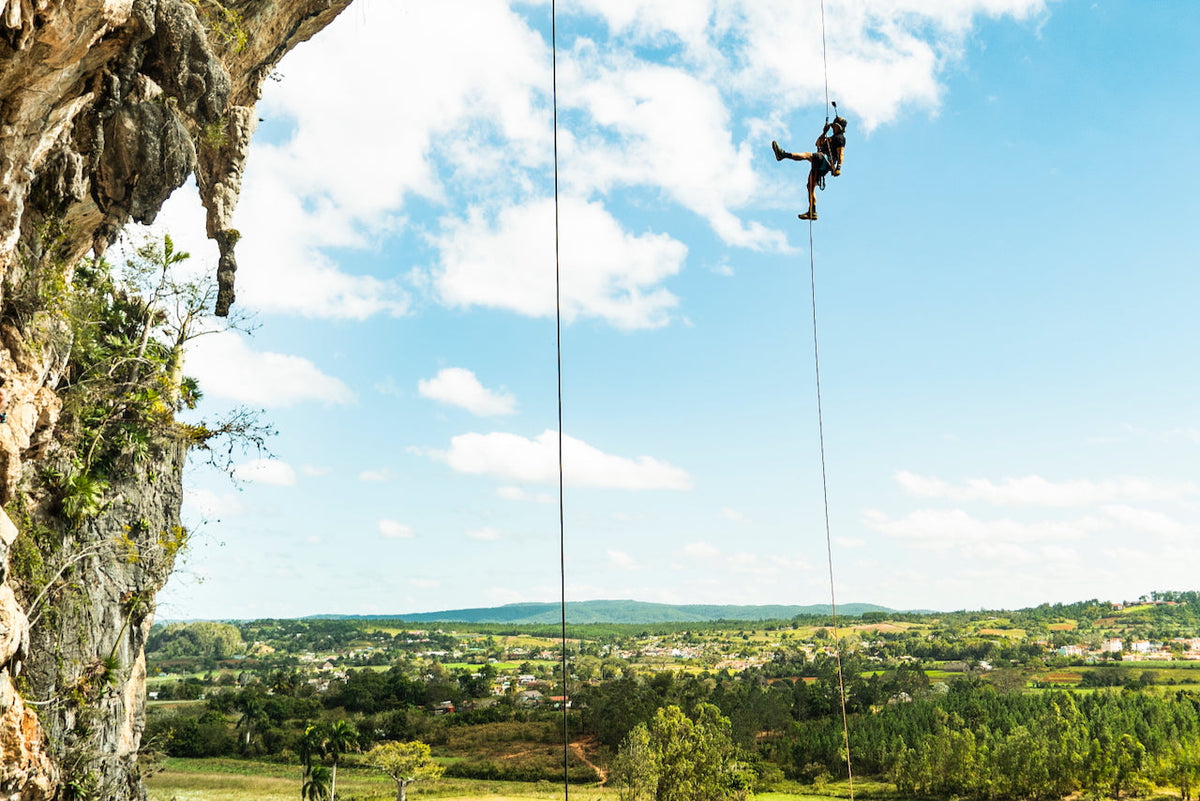

FOR IMMEDIATE RELEASE
February 21st, 2024 | Boulder, CO
There’s a rare magic in working at the edges of the map.
National Geographic, the gold standard in global storytelling, recently sat down with award-winning filmmaker and fine art photographer Tommy Joyce to discuss his experiences working in some of the most remote, challenging and visually striking environments on Earth.
From the windswept high peaks of the Himalayas to the stark deserts of Africa, Joyce’s work spans seven continents and brings viewers face-to-face with wild, untamed landscapes and the species — both human and animal — that call them home. In the feature, National Geographic explored not only the physical demands of expedition filmmaking, but also the creative process, problem-solving, and deep personal commitment required to translate such experiences into cinematic narratives.

A Career Defined by Remote Expeditions
Joyce, the Managing Director and co-founder of Triage Creative in Boulder, Colorado, has built a reputation for thriving in the kinds of places most filmmakers rarely reach. His portfolio includes award-winning expedition films such as Dhaulagiri (filmed on the world’s seventh-highest mountain), Namibia: Fine Art in the Desert, and Sahara Dinosaurs for National Geographic.
Over the course of his career, Joyce has collaborated with brands like Eddie Bauer, Canon, and RAB Equipment, while also creating independent projects that double as fine art print collections. These limited-edition works, available through his online print store, offer collectors a tangible piece of the places he’s documented, from the surreal dunes of Namibia to the towering ice faces of the Himalaya.
Inside the National Geographic Interview
In the National Geographic interview, Joyce discussed the logistics of working in extreme environments, where simply getting equipment to location can be a multi-day trek. On certain assignments, he described traveling by small aircraft, horseback, camel and even on foot through glacier passes to reach filming sites.
"Everything about these projects is harder,” Joyce explained. “From keeping batteries charged in subzero temperatures to protecting gear from sandstorms, you’re constantly troubleshooting. But those challenges are part of the story, they shape the work.”
The interview highlighted several memorable expeditions, including filming in the Himalaya for Eddie Bauer, tracking desert-adapted elephants in Namibia and documenting fossil digs in the Sahara where daytime temperatures soared above 130°F. Each location required not just technical skill, but a sensitivity to the cultural, environmental and human contexts of the story.

Challenges Few See
One aspect the National Geographic feature explored in depth is the physical and mental resilience required to film in such environments. Joyce described waking at 2:00 a.m. to reach a summit for sunrise shots, hauling camera gear up vertical ice faces, and spending days without contact with the outside world.
“There’s no safety net out there,” he told National Geographic. “You’re fully reliant on your team, your preparation, and your ability to improvise.”
This kind of work demands not just technical proficiency but also expedition-level survival skills, from navigation and high-altitude adaptation to wilderness first aid.
Awards and Recognition
Joyce’s dedication has not gone unnoticed. His films have earned multiple international awards, including two Telly Awards, a Silver honor at the International Tourism Film Festival Africa and recognition at more than a dozen other film festivals. His work has also been featured in outlets like The New York Times, Outside and Canon USA Brand Campaigns.
These accolades serve as external validation of the same qualities National Geographic celebrated in its interview - precision, persistence and a deep respect for the places and people documented.


Looking Ahead
With upcoming projects spanning Africa, Asia and the polar regions, Joyce continues to push into new territory, both geographically and creatively. While the scale and complexity of each assignment may vary, his focus remains consistent, to create imagery that moves people to value and protect wild places.
In his own words from the interview, “If someone sees a film or photograph I’ve made and feels a deeper connection to the natural world, maybe enough to visit, to support conservation, or to simply care, then it’s worth every ounce of effort it took to capture it.”


Life in Boulder, Ongoing Work, and Global Collections
Based in Boulder, Colorado, Joyce lives with his wife, fellow filmmaker Britt Mumma, and their golden retriever, Honey. Together, they continue to work commercially for global brands while expanding their body of fine art photography.
Their combined efforts have yielded a global library of prints. Ethereal, once-in-a-lifetime moments collected from Africa, Asia, Antarctica, the Americas, and beyond. Whether it’s a windswept desert, a glacial valley, or a bustling market half a world away, each image carries the same hallmark, a commitment to storytelling that is as much about place as it is about people.
Collectors and fans can explore these works through the full print store, where every purchase supports the continued documentation of remote and vulnerable regions.


Future in Africa
Joyce’s deep connection to Africa has only grown through his role as Creative Director for ROAR AFRICA, one of the world's most respected luxury safari travel companies. In this position, he has spent extensive time in Southern and East Africa, producing cinematic campaigns and photographic work that showcase both the grandeur of Africa’s landscapes and the urgency of protecting them. Through ROAR AFRICA, Joyce has documented scenes few travelers will ever witness .
Many of these moments have evolved into exclusive fine art print collections, each available in his Africa Prints section.
“Africa has a way of getting under your skin,” Joyce has often said of his time there. “Once you’ve witnessed its beauty and resilience, you feel a responsibility to honor it.”
For Joyce, the continent is more than a subject, it’s a lifelong commitment, blending storytelling, conservation and artistry into a body of work that celebrates Africa’s enduring wild spirit.




